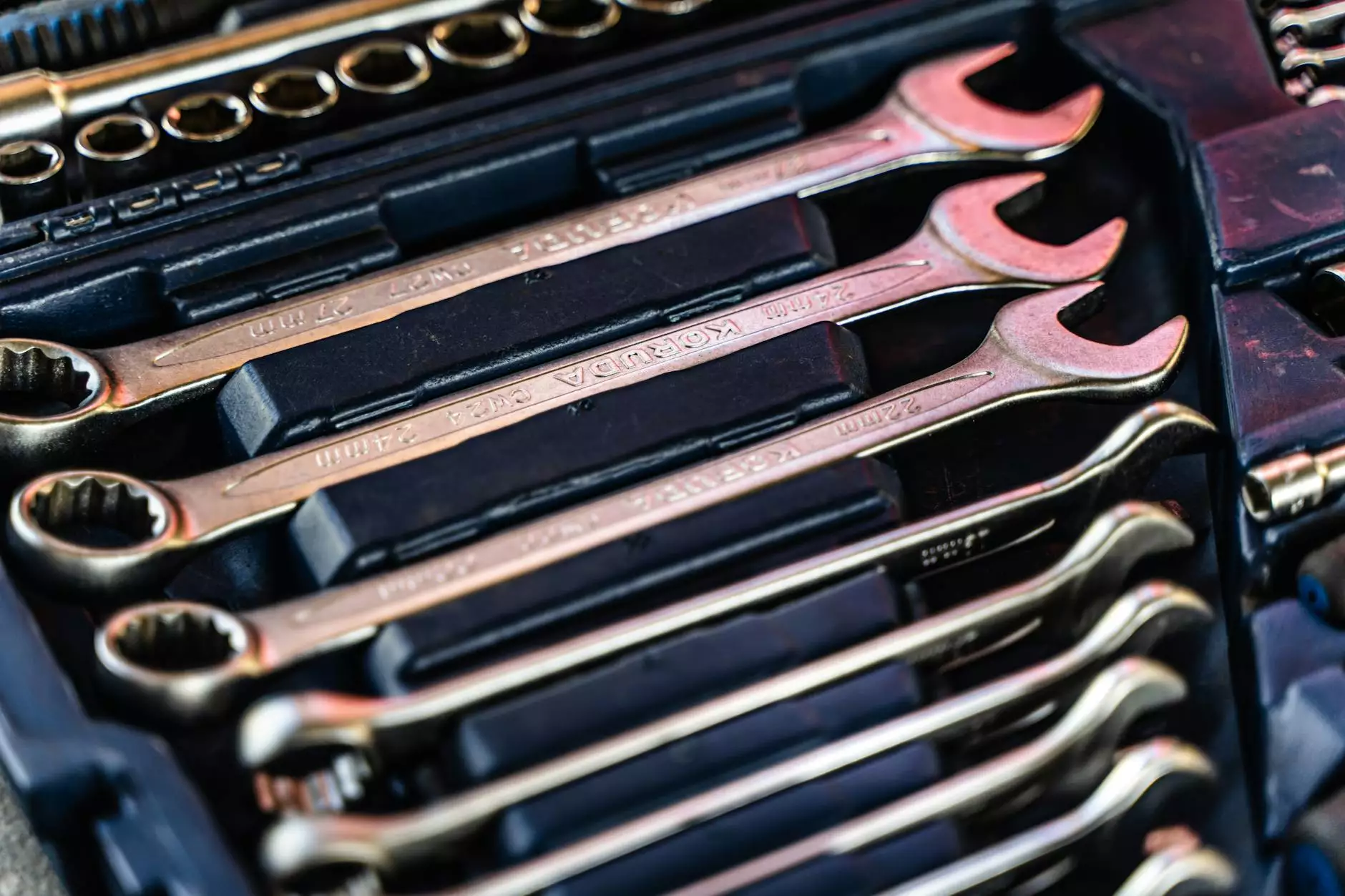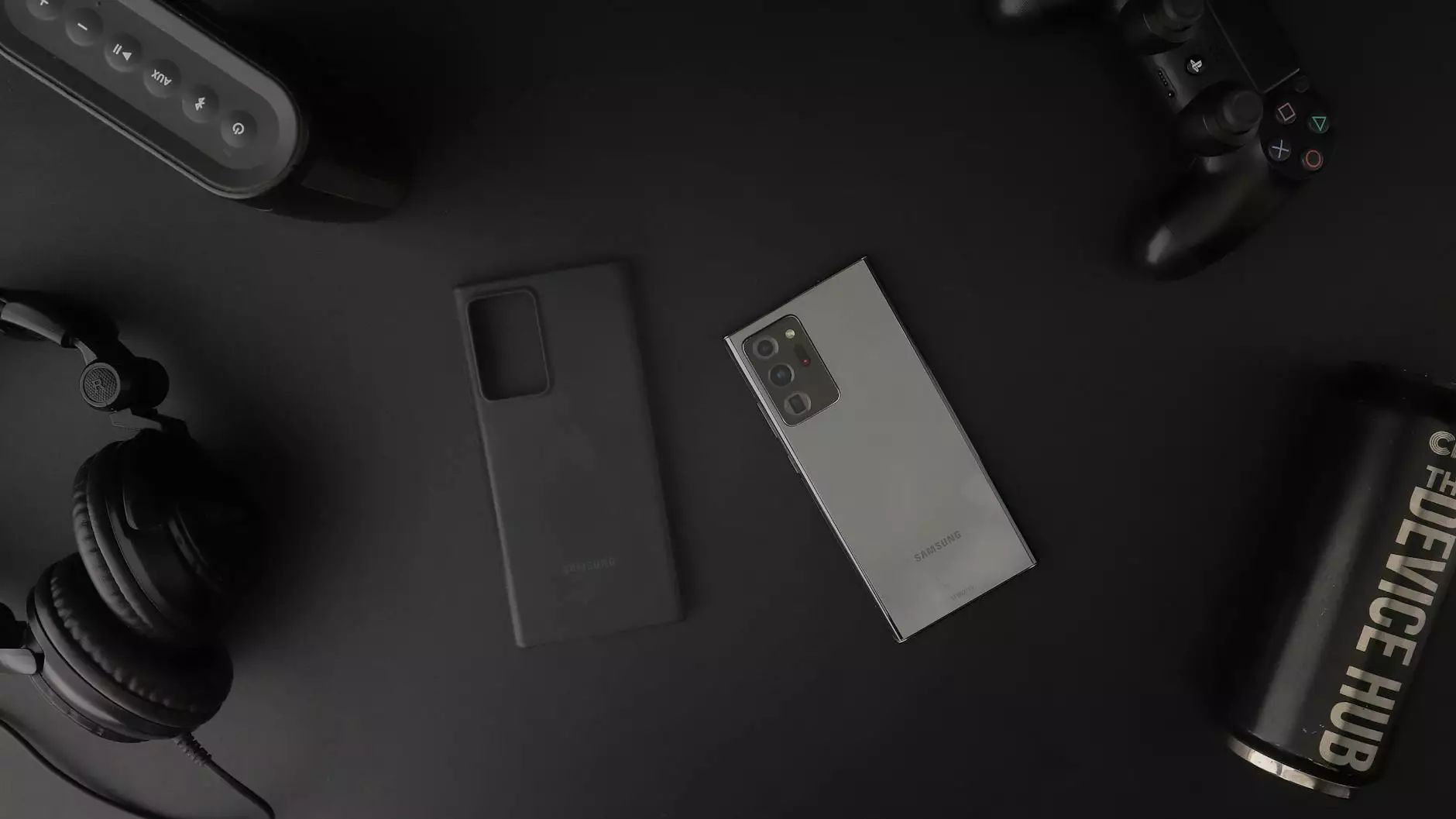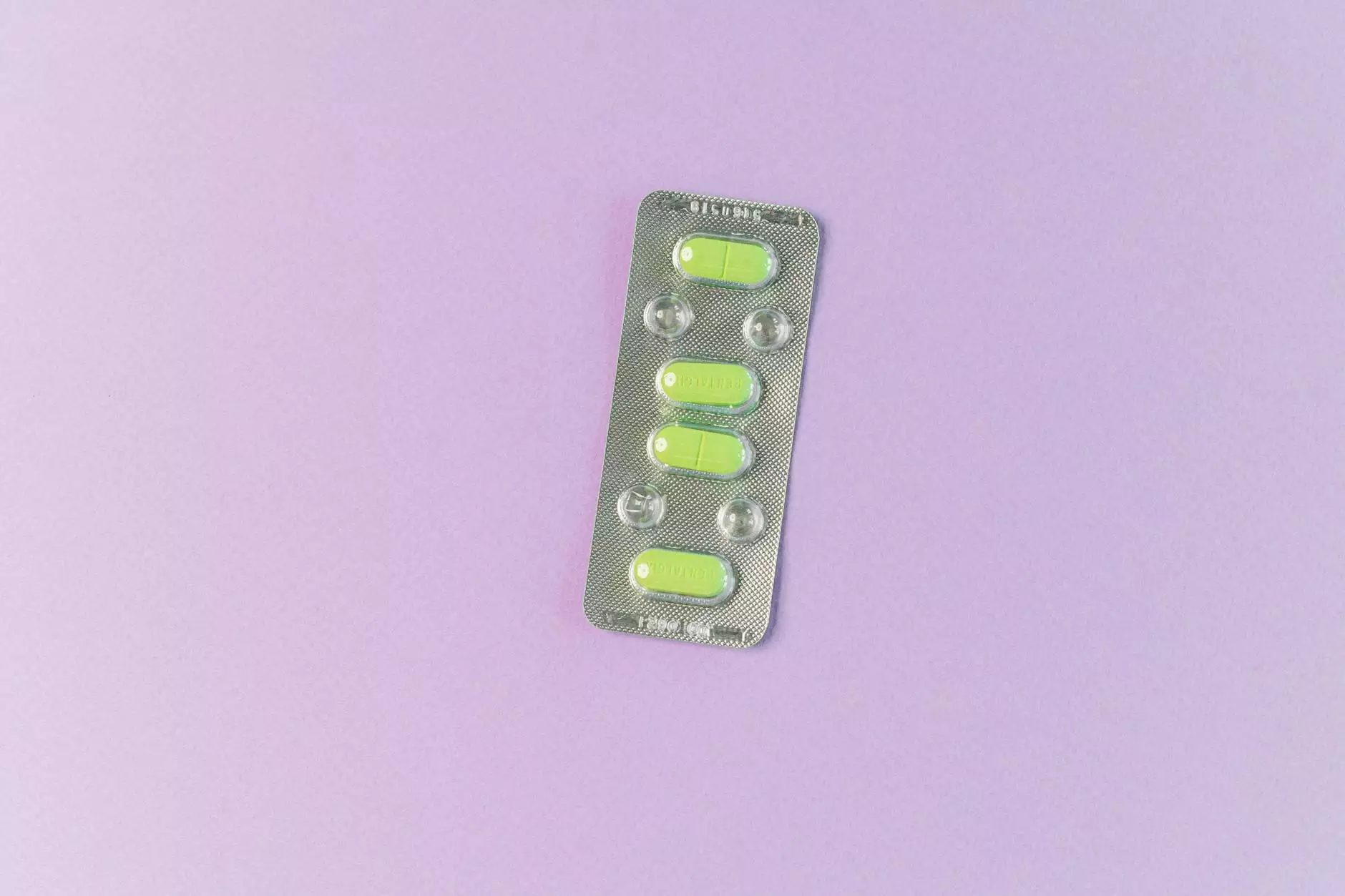Understanding Rhinoplasty Surgery Instruments: A Comprehensive Guide

Rhinoplasty is a highly sought-after surgical procedure designed to reshape the nose for aesthetic or functional purposes. However, the success of this intricate surgery heavily relies on the precision and quality of the rhinoplasty surgery instruments used. In this article, we will delve into the various instruments employed in rhinoplasty, their specific functions, and how they contribute to the overall success of the surgery.
The Importance of Quality Rhinoplasty Surgery Instruments
The quality of surgical instruments is paramount in achieving the desired outcomes in rhinoplasty. High-quality instruments allow surgeons to perform with precision, minimize patient trauma, and enhance recovery times. Subpar instruments can lead to complications, improper healing, and patient dissatisfaction. Here are several reasons why investing in top-notch rhinoplasty surgery instruments is critical:
- Precision: Quality instruments provide surgeons with the accuracy needed to perform delicate operations.
- Durability: High-end instruments are made from durable materials, ensuring they last longer and maintain their effectiveness.
- Ergonomics: Well-designed instruments enhance comfort for both the surgeon and the patient during the procedure.
- Enhanced Safety: Reliable instruments minimize the risk of errors and complications during surgery.
Types of Rhinoplasty Surgery Instruments
Rhinoplasty involves various techniques that utilize a range of specialized instruments. Here, we outline some of the most essential instruments used in the rhinoplasty procedure:
1. Scalpels
Scalpels are crucial for making initial incisions in the skin during rhinoplasty. They come in various shapes and sizes, allowing surgeons to choose the most suitable one for the specific area of the nose they are operating on. A rhinoplasty scalpel often has a fine blade for precision cutting.
2. Rhinoplasty Scissors
Scissors specifically designed for rhinoplasty surgery are essential for delicate dissection. These scissors come in multiple styles, including curved and straight blades, which help surgeons navigate the intricate anatomy of the nose.
3. Forceps
Forceps are indispensable for holding, grasping, and manipulating tissues during surgery. With several designs available, including tissue forceps and hemostatic forceps, their versatility makes them essential in a rhinoplasty toolkit.
4. Elevators
Elevators are used to lift and separate soft tissue during the procedure. They allow surgeons to access deeper structures without causing trauma to the surrounding tissues. Rhinoplasty elevators come in various sizes to accommodate the anatomical variations of different patients.
5. Needle Holders
Needle holders are used to securely hold needles while suturing, ensuring that closures are precise and secure. High-quality needle holders ensure reliable performance throughout the surgical process.
6. Suction Devices
Maintaining a clear surgical field is critical in rhinoplasty. Suction devices help remove blood and fluid from the surgical area, allowing the surgeon to see better and work more efficiently.
7. Surgical Drapes
Though not a tool, surgical drapes play a vital role in any surgical procedure, including rhinoplasty. They help create a sterile environment, minimizing the risk of infection during the operation.
Features to Look for in Rhinoplasty Surgery Instruments
When selecting rhinoplasty surgery instruments, it is essential to consider several features to ensure they meet the needs of the procedure:
- Material: Instruments made from stainless steel or titanium are preferred due to their strength and resistance to corrosion.
- Design: Ergonomically designed instruments can significantly reduce hand fatigue during prolonged surgeries.
- Precision Engineering: Instruments should be finely crafted to ensure they perform their expected functions without unnecessary complication.
- Sterilization Capability: Instruments must be easily sterilizable to maintain surgical hygiene and patient safety.
- Range of Sizes: A variety of sizes ensures that surgeons can select instruments that best fit the patient's specific anatomy.
Maintaining Rhinoplasty Surgery Instruments
Proper maintenance of rhinoplasty surgery instruments is essential for their longevity and performance. Here are key maintenance tips:
1. Cleaning
Instruments should be cleaned immediately after use to prevent blood and tissue residue from hardening. Use appropriate cleaning solutions and brushes for thorough cleansing.
2. Sterilization
After cleaning, all instruments must undergo sterilization via autoclaving or other reliable methods to ensure they are safe for future surgery.
3. Inspection
Regularly inspect instruments for any signs of wear and tear. Dull blades or damaged tips can compromise the quality of the surgery.
4. Safe Storage
Store instruments in a dry, clean environment in a way that prevents damage and contamination. Using dedicated instrument trays can help maintain organization and safety.
The Future of Rhinoplasty Instruments
As technology continues to advance, the future of rhinoplasty surgery instruments looks promising. Innovations such as robotics, enhanced imaging techniques, and 3D printing are beginning to impact the tools available for surgeons:
1. Enhanced Imaging Technologies
The introduction of advanced imaging technologies allows surgeons to visualize the nasal structures in 3D before initiating surgery. This technology aids in preoperative planning and enhances precision during the procedure.
2. Robotic-Assisted Surgery
Robotic-assisted surgical systems offer the potential for greater precision and control. These systems can facilitate minimally invasive techniques that reduce recovery times and improve patient outcomes.
3. 3D Printed Instruments
3D printing allows for the customization of surgical instruments that perfectly suits a surgeon's preferences and patient anatomies, improving efficacy and comfort during surgery.
Conclusion
In conclusion, understanding the various rhinoplasty surgery instruments and their roles in the surgical process is crucial for both surgeons and patients. The effectiveness and success of rhinoplasty largely depend on the instruments used, making it imperative to choose high-quality, precise tools. As technology evolves, the options available to surgeons will only continue to expand, promising improvements in patient safety and surgical outcomes.
For healthcare professionals seeking to invest in rhinoplasty surgery instruments, considering reputable suppliers such as new-medinstruments.com can ensure access to premium tools designed for optimal performance.
Ultimately, informed choices in surgical instruments translate into superior patient care and more successful surgical results.









